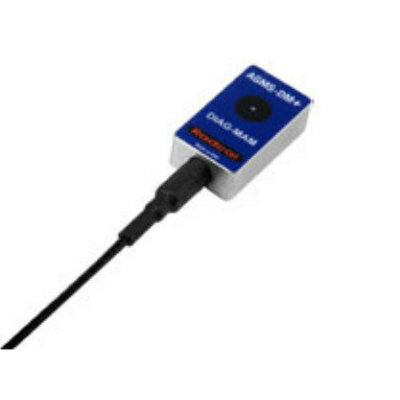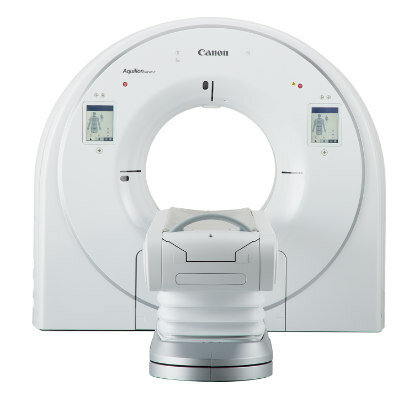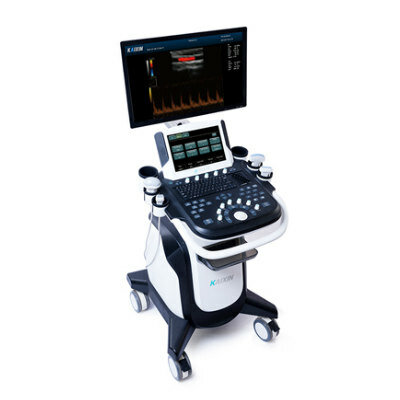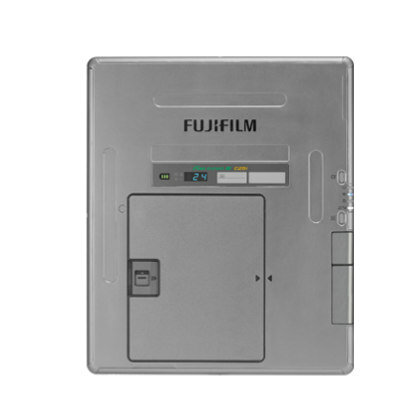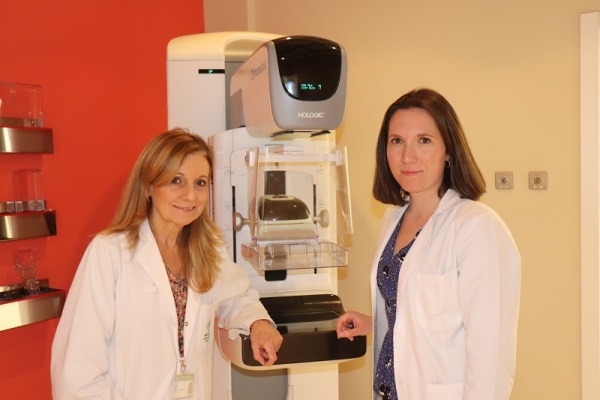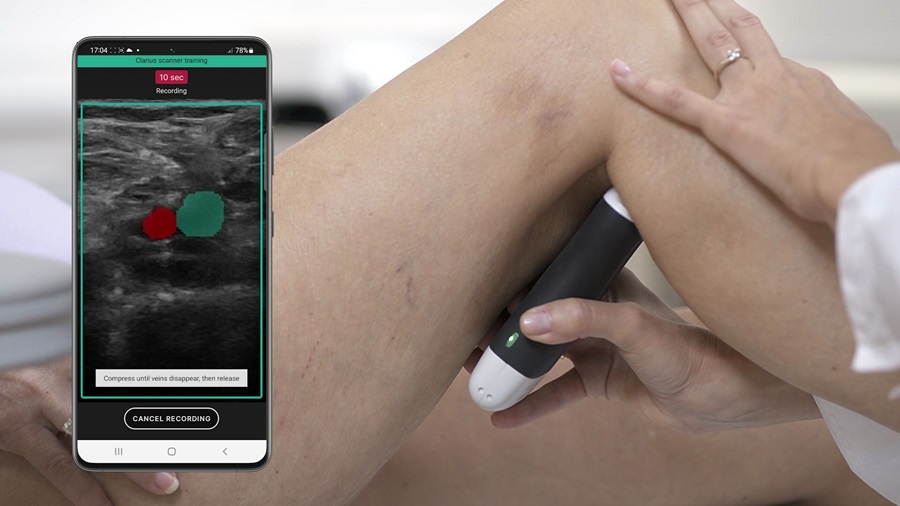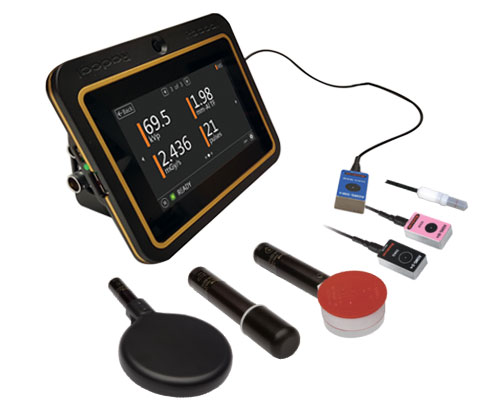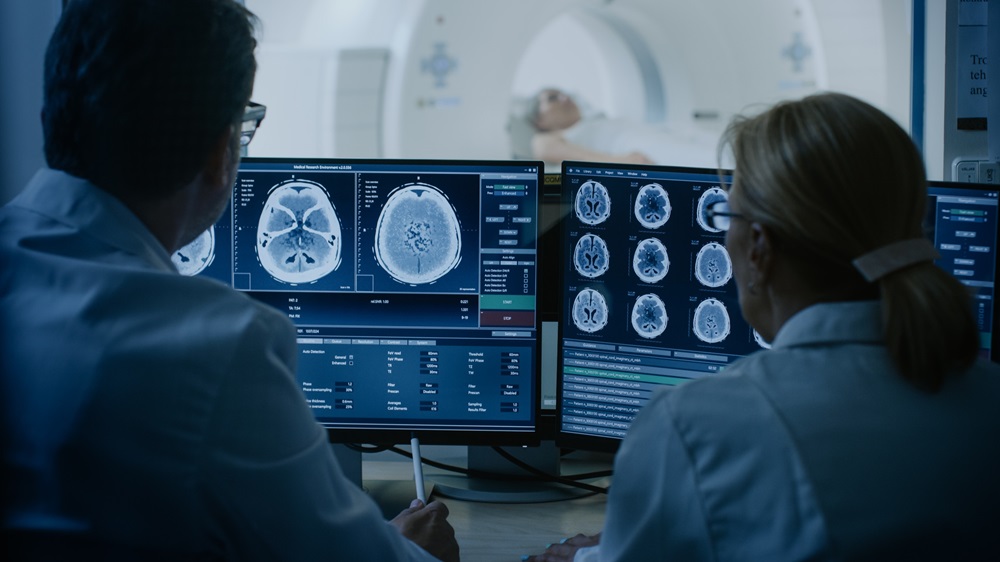Digital Wrist Tomosynthesis Assesses Women’s Bone Health
|
By MedImaging International staff writers Posted on 08 Feb 2021 |
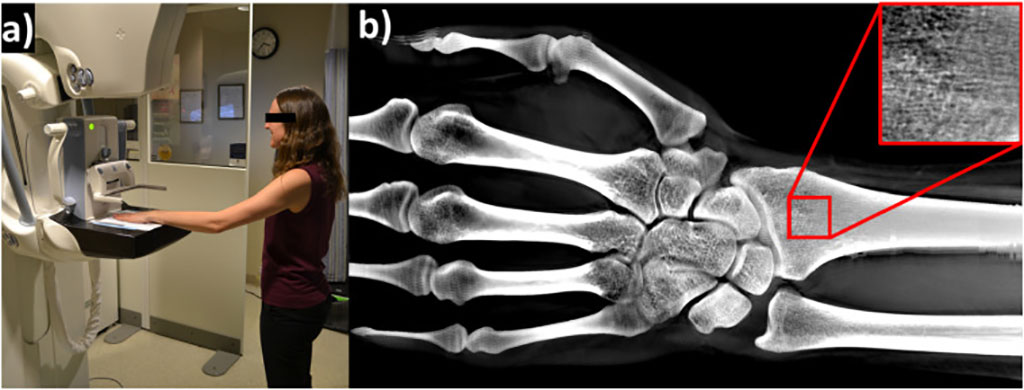
Image: A 19-year-old woman undergoing DWT in a DBT scanner (Photo courtesy of Yener Yeni/ Henry Ford)
A new study shows how digital breast tomosynthesis (DBT) scanners can also be used to perform bone density measurements.
Researchers at Henry Ford Health System (Detroit, MI, USA) conducted a study to explore the feasibility of using DBT devices for digital wrist tomosynthesis (DWT) so as to measure bone mineral density (BMD), cortical bone thickness, and microstructural properties of the wrist bone. The results were then correlated to reference measurements acquired via microcomputed tomography and dual energy x-ray absorptiometry (DXA). The researchers recruited five patients, (19 to 75 years of age), who aligned their left hand on a generic hand template taped to a DBT machine.
The results showed that measurements from DWT imaging with a DBT scanner were highly repeatable; in ex-vivo trials, DWT derived BMDs were strongly correlated with reference measurements, as was the cortical thickness measured at lateral and medial cortices, and the majority of microstructural measures. In-vivo measurements were quick and tolerated well by the volunteer patients with no discomfort, and appeared to be different between young and old participants in a preliminary comparison. The study was published on December 13, 2021, in Bone.
“DWT is feasible in a mammography setting, and informative on bone mass, cortical thickness, and microstructural qualities that are known to deteriorate in osteoporosis. To our knowledge, this study represents the first application of DBT for imaging bone,” concluded lead author Yener Yeni, PhD, and colleagues. “It is reasonable to expect that with increasing adoption of DBT and continued high adherence to breast screening, bone screening would become more prevalent if offered in coordination with DBT breast exams.”
Osteoporosis is defined as a bone density of 2.5 standard deviations below that of a young adult, as measured by DXA. It is the most common reason for a broken bone among the elderly, and may be due to a lower than normal peak bone mass and a greater than normal bone loss. It is more common in women than men, with 2-8% of males and 9-38% of females affected after menopause, usually due to lower levels of estrogen.
Related Links:
Henry Ford Health System
Researchers at Henry Ford Health System (Detroit, MI, USA) conducted a study to explore the feasibility of using DBT devices for digital wrist tomosynthesis (DWT) so as to measure bone mineral density (BMD), cortical bone thickness, and microstructural properties of the wrist bone. The results were then correlated to reference measurements acquired via microcomputed tomography and dual energy x-ray absorptiometry (DXA). The researchers recruited five patients, (19 to 75 years of age), who aligned their left hand on a generic hand template taped to a DBT machine.
The results showed that measurements from DWT imaging with a DBT scanner were highly repeatable; in ex-vivo trials, DWT derived BMDs were strongly correlated with reference measurements, as was the cortical thickness measured at lateral and medial cortices, and the majority of microstructural measures. In-vivo measurements were quick and tolerated well by the volunteer patients with no discomfort, and appeared to be different between young and old participants in a preliminary comparison. The study was published on December 13, 2021, in Bone.
“DWT is feasible in a mammography setting, and informative on bone mass, cortical thickness, and microstructural qualities that are known to deteriorate in osteoporosis. To our knowledge, this study represents the first application of DBT for imaging bone,” concluded lead author Yener Yeni, PhD, and colleagues. “It is reasonable to expect that with increasing adoption of DBT and continued high adherence to breast screening, bone screening would become more prevalent if offered in coordination with DBT breast exams.”
Osteoporosis is defined as a bone density of 2.5 standard deviations below that of a young adult, as measured by DXA. It is the most common reason for a broken bone among the elderly, and may be due to a lower than normal peak bone mass and a greater than normal bone loss. It is more common in women than men, with 2-8% of males and 9-38% of females affected after menopause, usually due to lower levels of estrogen.
Related Links:
Henry Ford Health System
Latest General/Advanced Imaging News
- PET Scans Reveal Hidden Inflammation in Multiple Sclerosis Patients
- Artificial Intelligence Evaluates Cardiovascular Risk from CT Scans
- New AI Method Captures Uncertainty in Medical Images
- CT Coronary Angiography Reduces Need for Invasive Tests to Diagnose Coronary Artery Disease
- Novel Blood Test Could Reduce Need for PET Imaging of Patients with Alzheimer’s
- CT-Based Deep Learning Algorithm Accurately Differentiates Benign From Malignant Vertebral Fractures
- Minimally Invasive Procedure Could Help Patients Avoid Thyroid Surgery
- Self-Driving Mobile C-Arm Reduces Imaging Time during Surgery
- AR Application Turns Medical Scans Into Holograms for Assistance in Surgical Planning
- Imaging Technology Provides Ground-Breaking New Approach for Diagnosing and Treating Bowel Cancer
- CT Coronary Calcium Scoring Predicts Heart Attacks and Strokes
- AI Model Detects 90% of Lymphatic Cancer Cases from PET and CT Images
- Breakthrough Technology Revolutionizes Breast Imaging
- State-Of-The-Art System Enhances Accuracy of Image-Guided Diagnostic and Interventional Procedures
- Catheter-Based Device with New Cardiovascular Imaging Approach Offers Unprecedented View of Dangerous Plaques
- AI Model Draws Maps to Accurately Identify Tumors and Diseases in Medical Images
Channels
Radiography
view channel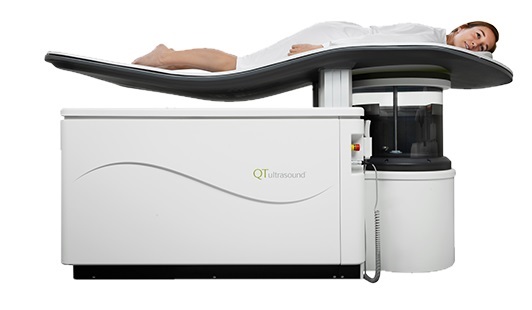
Novel Breast Imaging System Proves As Effective As Mammography
Breast cancer remains the most frequently diagnosed cancer among women. It is projected that one in eight women will be diagnosed with breast cancer during her lifetime, and one in 42 women who turn 50... Read more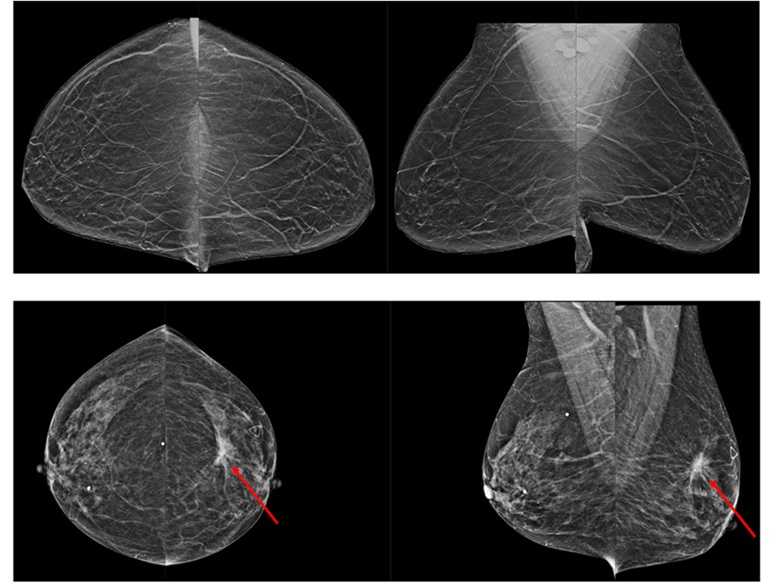
AI Assistance Improves Breast-Cancer Screening by Reducing False Positives
Radiologists typically detect one case of cancer for every 200 mammograms reviewed. However, these evaluations often result in false positives, leading to unnecessary patient recalls for additional testing,... Read moreMRI
view channel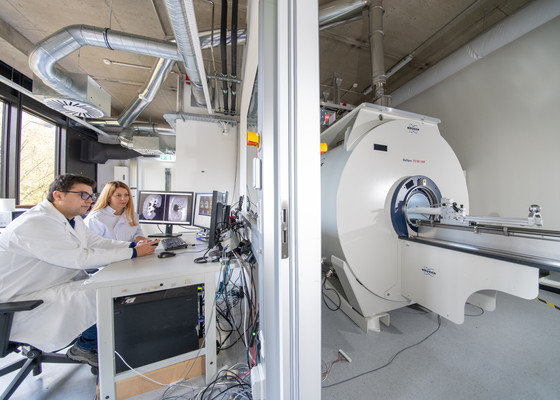
Diamond Dust Could Offer New Contrast Agent Option for Future MRI Scans
Gadolinium, a heavy metal used for over three decades as a contrast agent in medical imaging, enhances the clarity of MRI scans by highlighting affected areas. Despite its utility, gadolinium not only... Read more.jpg)
Combining MRI with PSA Testing Improves Clinical Outcomes for Prostate Cancer Patients
Prostate cancer is a leading health concern globally, consistently being one of the most common types of cancer among men and a major cause of cancer-related deaths. In the United States, it is the most... Read more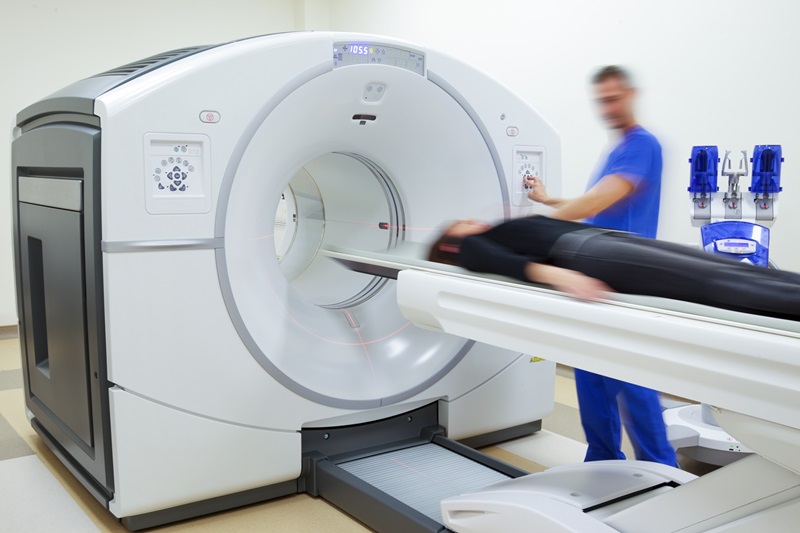
PET/MRI Improves Diagnostic Accuracy for Prostate Cancer Patients
The Prostate Imaging Reporting and Data System (PI-RADS) is a five-point scale to assess potential prostate cancer in MR images. PI-RADS category 3 which offers an unclear suggestion of clinically significant... Read more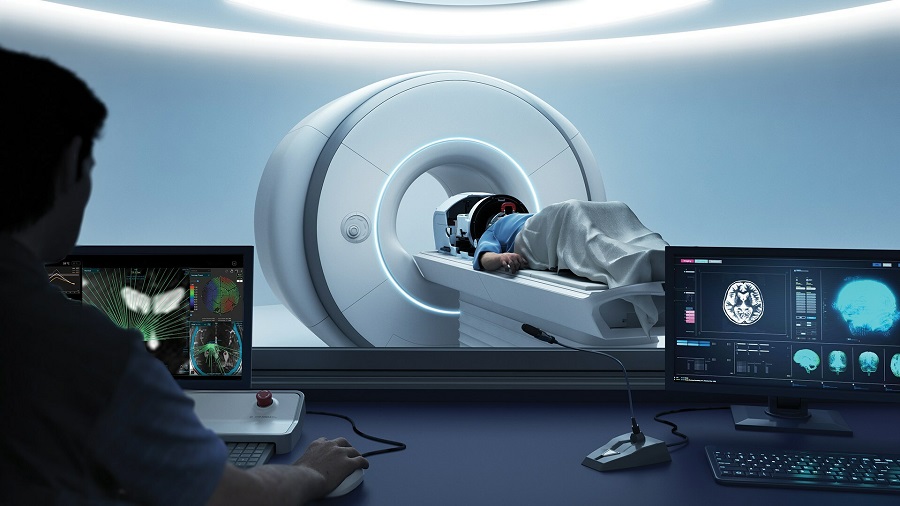
Next Generation MR-Guided Focused Ultrasound Ushers In Future of Incisionless Neurosurgery
Essential tremor, often called familial, idiopathic, or benign tremor, leads to uncontrollable shaking that significantly affects a person’s life. When traditional medications do not alleviate symptoms,... Read moreUltrasound
view channel.jpg)
Groundbreaking Technology Enables Precise, Automatic Measurement of Peripheral Blood Vessels
The current standard of care of using angiographic information is often inadequate for accurately assessing vessel size in the estimated 20 million people in the U.S. who suffer from peripheral vascular disease.... Read more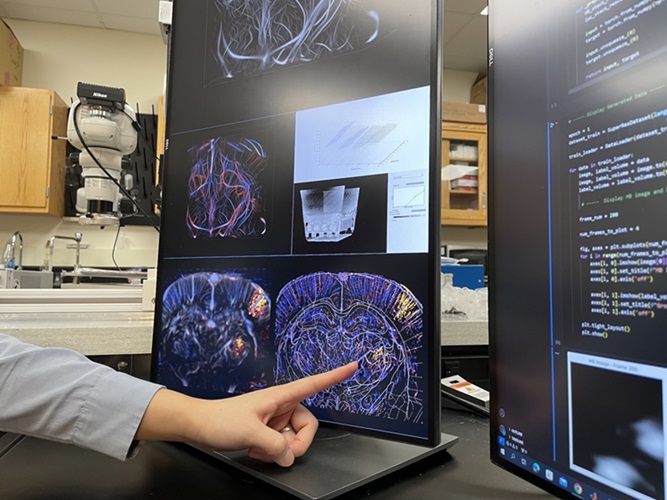
Deep Learning Advances Super-Resolution Ultrasound Imaging
Ultrasound localization microscopy (ULM) is an advanced imaging technique that offers high-resolution visualization of microvascular structures. It employs microbubbles, FDA-approved contrast agents, injected... Read more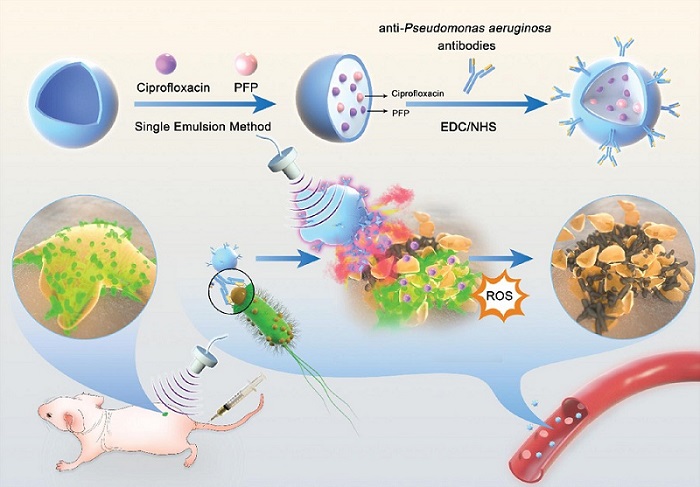
Novel Ultrasound-Launched Targeted Nanoparticle Eliminates Biofilm and Bacterial Infection
Biofilms, formed by bacteria aggregating into dense communities for protection against harsh environmental conditions, are a significant contributor to various infectious diseases. Biofilms frequently... Read moreNuclear Medicine
view channel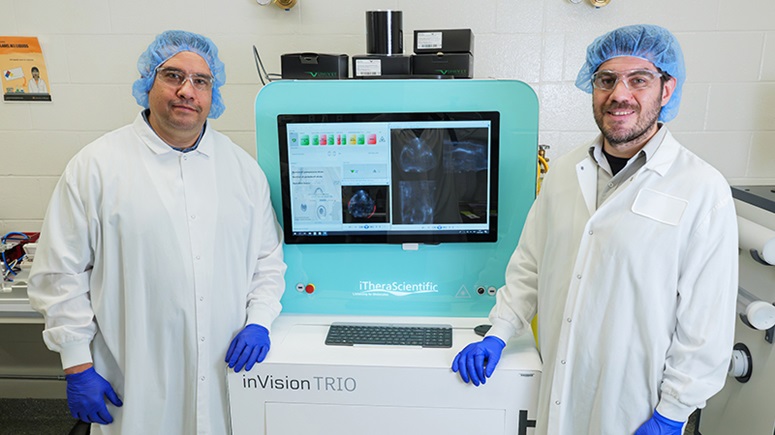
New Imaging Technique Monitors Inflammation Disorders without Radiation Exposure
Imaging inflammation using traditional radiological techniques presents significant challenges, including radiation exposure, poor image quality, high costs, and invasive procedures. Now, new contrast... Read more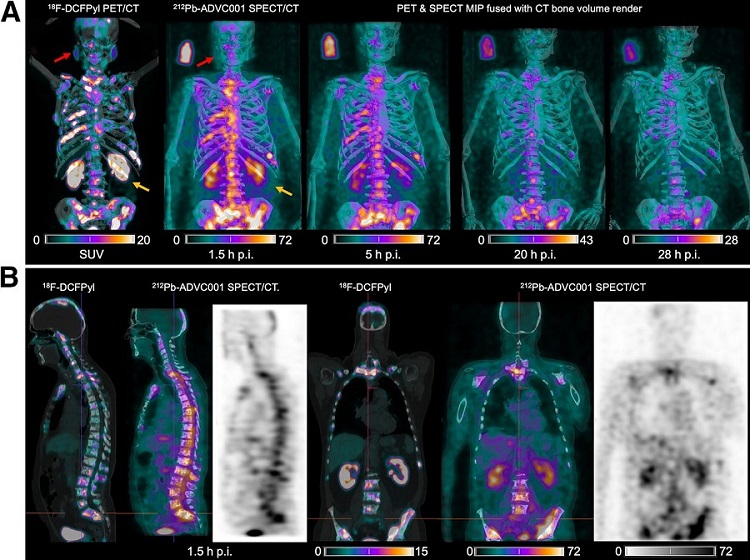
New SPECT/CT Technique Could Change Imaging Practices and Increase Patient Access
The development of lead-212 (212Pb)-PSMA–based targeted alpha therapy (TAT) is garnering significant interest in treating patients with metastatic castration-resistant prostate cancer. The imaging of 212Pb,... Read moreNew Radiotheranostic System Detects and Treats Ovarian Cancer Noninvasively
Ovarian cancer is the most lethal gynecological cancer, with less than a 30% five-year survival rate for those diagnosed in late stages. Despite surgery and platinum-based chemotherapy being the standard... Read more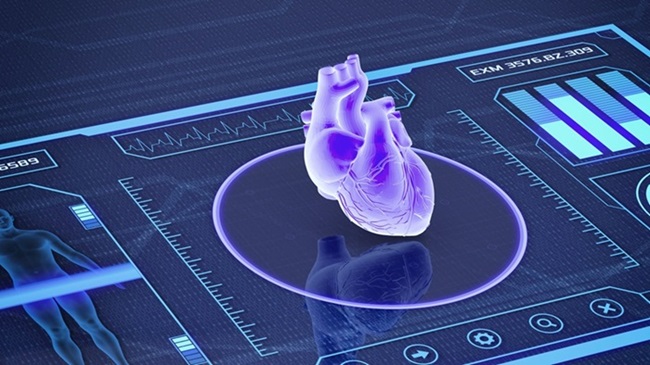
AI System Automatically and Reliably Detects Cardiac Amyloidosis Using Scintigraphy Imaging
Cardiac amyloidosis, a condition characterized by the buildup of abnormal protein deposits (amyloids) in the heart muscle, severely affects heart function and can lead to heart failure or death without... Read moreImaging IT
view channel
New Google Cloud Medical Imaging Suite Makes Imaging Healthcare Data More Accessible
Medical imaging is a critical tool used to diagnose patients, and there are billions of medical images scanned globally each year. Imaging data accounts for about 90% of all healthcare data1 and, until... Read more
Global AI in Medical Diagnostics Market to Be Driven by Demand for Image Recognition in Radiology
The global artificial intelligence (AI) in medical diagnostics market is expanding with early disease detection being one of its key applications and image recognition becoming a compelling consumer proposition... Read moreIndustry News
view channel
Bayer and Google Partner on New AI Product for Radiologists
Medical imaging data comprises around 90% of all healthcare data, and it is a highly complex and rich clinical data modality and serves as a vital tool for diagnosing patients. Each year, billions of medical... Read more




